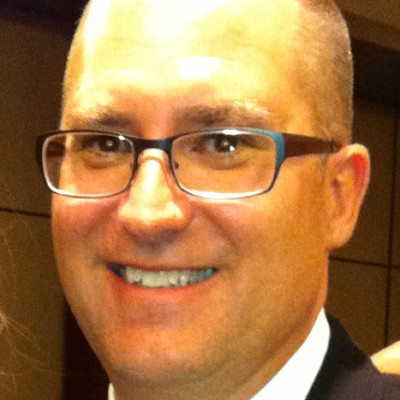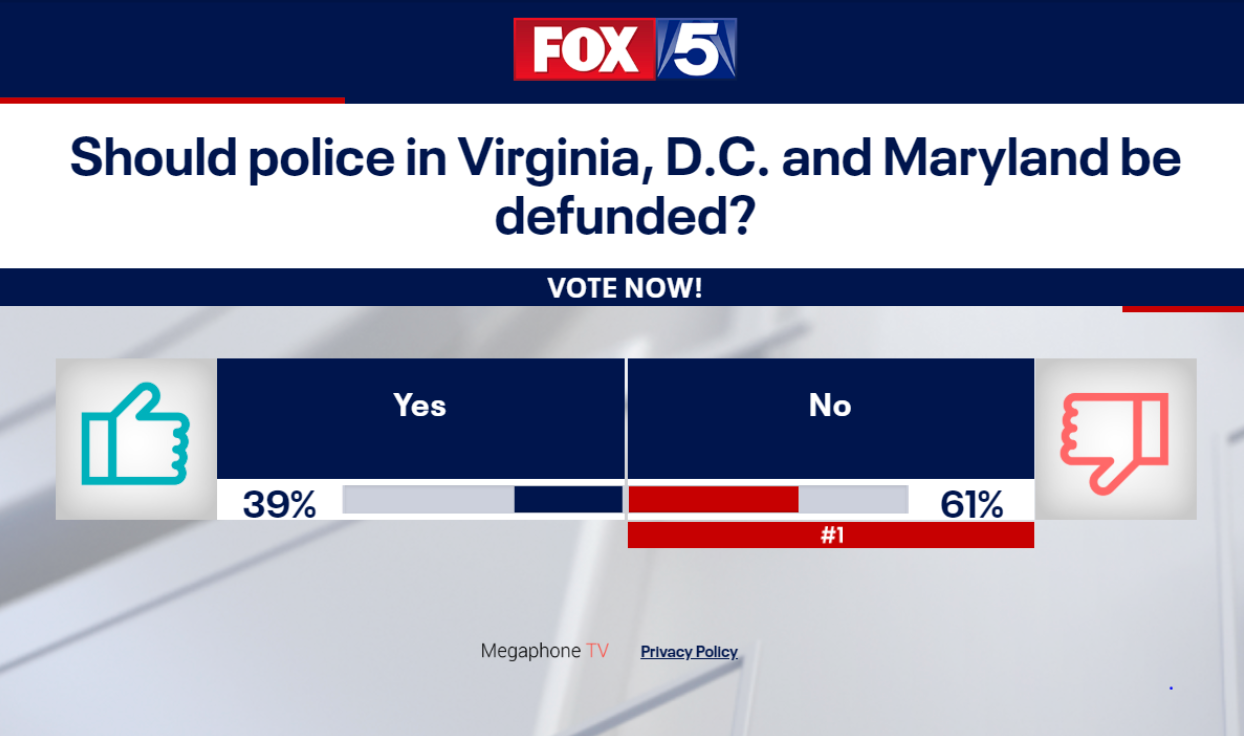How people think and feel about what’s in the news, politics and other issues like the pandemic and racism, is being used by some local stations to hold news viewers deeper into newscasts and in some cases, drive them to upcomng newscasts. And what people care about is also being used to drive them to stations’ websites, apps and other social media platforms.
What do you think? Turns out there’s value in it, people want to know.
How people think and feel about what’s in the news, politics and other issues like the pandemic and racism, is being used by some TV stations to hold news viewers deeper into newscasts and in some cases, into future newscasts. And what people care about is also being used to drive them to stations’ websites, apps and other social media platforms.
People’s opinions, thoughts, beliefs and views are becoming news content at some stations. And some stations are finding that when you can strike a nerve in your news audience, that can be mined for more engagement.

“As far as the engagement, we are doing record-breaking business,” said Jamie MacDonald, vice president of Megaphone TV, a real-time polling platform for broadcasters.
“Recently in Washington, D.C., Fox 5 [WTTG] had over 40,000 viewers vote in a poll around the protest.”
Finding out what 40,000 viewers are thinking can be a powerful incentive to keep watching or to go to a website to vote yourself.
Especially at a time like this.
“People are frustrated, they are angry, so polling kind of gives you an opportunity to vent that,” said Paul Schmidt, Megaphone TV’s executive producer.
And TV stations in broadcast groups from ABC, NBC, Tegna, Fox, Gray, Sinclair and Nexstar are using Megaphone to tap into viewers’ emotions.

“We have had Megaphone for just about a year,” said Ian Rubin, news director at Gray’s WOIO, the CBS affiliate in Cleveland.
“In the first six months of the year, we have exceeded our numbers for all of last year. So we did about 21,000 unique users all of last year and it looks like we are at 22,000 now and we are not even finished with June.”
Rubin said he sees Megaphone as an opportunity to expand engagement and as a retention tool throughout the day. Introduce a topic, ask a question, see if it strikes a chord. “We use Megaphone to hold audience, and by and large, it does.”

WFSB, Meredith’s CBS affiliate in Hartford, Conn., started using Megaphone in February, said Keith Connors, the station’s news director.
“We saw more than 100,000 people interact with the poll in the first 60 days we had it. We use it on a daily basis multiple times a day to test how people are feeling about various things, and often we’ll go out and do stories based on poll results.”
Sometimes, the poll results become the lead story. Like in the case of the poll by WTTGthat asked about defunding the police.
“That station got a huge response for that,” said Schmidt.
https://youtu.be/Xxl7Rn9bkbo

“So that poll became a story, what we call responsive reporting. They opened that poll Sunday in their 11 and then the following morning, they are like, wow this has really kind of taken a life of its own. The following day, they led their 10 o’clock news with the poll results, the first story they had in their A block after the poll had been up for a day.”
In terms of retention, Schmidt said that depends on the goals of the station. Ask a question during the 4 o’clock news, tease the results through that newscast and the 5 o’clock newscast, and say you’re going to release the results in the 6 o’clock news. Some stations goals are more modest.
“If you can keep people watching over a commercial break, that is key,” Schmidt said .
In Cleveland at WOIO, on non-breaking news or weather days, the goal is retain audience across a full hour of news, and Rubin said his station uses “targeted special reports which still have value, and public opinion via Megaphone. Everything being equal, TSRs and Megaphone seem to be the way to go.”
As beneficial as Megaphone appears to be in terms of retaining news viewers, its real strength maybe in its ability to connect.
“It is a good opportunity to bring people from the digital space into the TV space and vice versa,” said Rubin.
Megaphone is a way to get viewers onto the station’s website or app,” said MacDonald.
“We see it as a bridge from broadcast to digital and from social to digital,” said Schmidt.
In the end, the real power of Megaphone might be its ability for stations to uncover valuable insights into the community.
“It helps you get the pulse of what your viewers are thinking on any given day,” said Connors.
What do you think?
 WIVB, Nexstar’s CBS affiliate in Buffalo, New York (DMA 52) needs a meteorologist. Minimum five years’ experience in weather reporting or anchoring, depending on market size. Superior on-air presence.
WIVB, Nexstar’s CBS affiliate in Buffalo, New York (DMA 52) needs a meteorologist. Minimum five years’ experience in weather reporting or anchoring, depending on market size. Superior on-air presence.
Click here for more specifics and how to apply.




Comments (0)
Reader Interactions